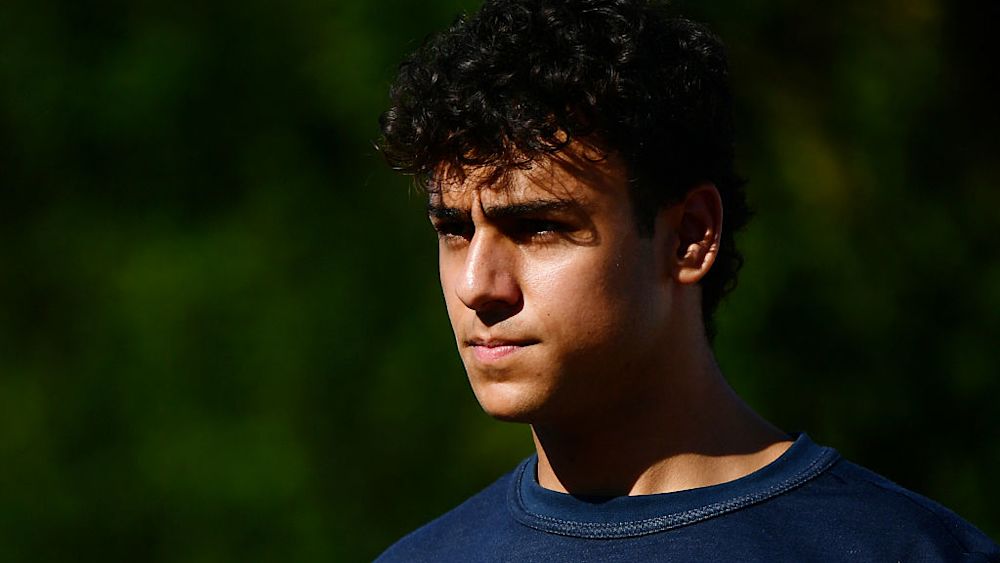Feature
Chasing the perfect balance and how to prepare each corner: How I Race with Arvid Lindblad

Arvid Lindblad has risen through the ranks of single-seater racing in tremendous fashion, and in the last year, he has raced both the Formula 3 and Formula 2 machinery, and has driven a Formula 1 car.
So we recently sat down with the Campos Racing driver to discuss how he goes about driving each car, and how he would take on different corners on the calendar.
READ MORE: Ritomo Miyata on second F2 season, big lessons and key missing ingredient
THE BALANCE OF THE CAR
“It's interesting, because the reality is in the F2 and F3 cars, we do not get much track time, so there's not a lot of time for the teams to develop. So most of the times we are adapting and driving what we are given.
“In low speed, I like a strong front, because for me that's free lap time. But I'd say I am not obsessed with it, but I like a strong front.
“For me, it's just about the fastest car. In the end, I know it sounds silly to say, but we are trying to go round corners as fast as possible, so if the car turns quicker, then you can carry more speed.

“It's a compromise and a balance. It's why it's hard to describe, because it's very difficult to get exactly what you want. In an ideal world you would have a stable rear on entry, really strong front mid corner and really good traction. But you rarely get that.
“That's why it's a balance for me. If you have too much rotation then you cannot use it, but I prefer to be trying to control the rear than creating the rotation on the front.
HOW HE ATTACKS CORNERS
“I'll have a think what the corner is like when I get here, but that's normally what we do in the preparation. It depends a bit on the corner. There are some corners where the lap time is done under braking, there are some where the lap time is done on exit, so I don't know.
Then and Now: Leonardo Fornaroli on his development from Formula 3 to Formula 2
“I'd say though I am probably more entry and braking focused than exit. But I really enjoy high-speed corners and just sending it.
“So for example, if you look at Turns 3 and 4 at Silverstone, the lap time comes at the entry of Turn 3 and the exit of four.
“So it's not really a corner. But it's a weird one, because you are a bit on the limit from Turn 2, so you are not able to get it full straight.

“So it's not really one where you peak that much, but you release the brakes quite a lot, carry a lot of speed through three, while trying to maintain a good position for Turn 4, and just make sure you have a good exit and traction.
“Turn 1 Bahrain is a proper longitudinal corner in the sense that you brake super late, you get it completely stopped and turned and then you just floor it. It's the ultimate definition of a V.
READ MORE: Stenshorne on F2 opportunity in Baku, lessons to learn and 2026 prospects
“Turn 2 in the F2 is still on the limit, it's not easy flat, so that's why you need to get it rotated well and once you are full straight, you just drive through. There's not that much minimum, if you carry more minimum at Turn 1, then you are out of position for two, and then you lose more by not being flat at Turn 2.
“That's corner is quite cool actually, in the sense that you brake super late, you are really on the limit of the tyre under braking and you floor it on exit.”